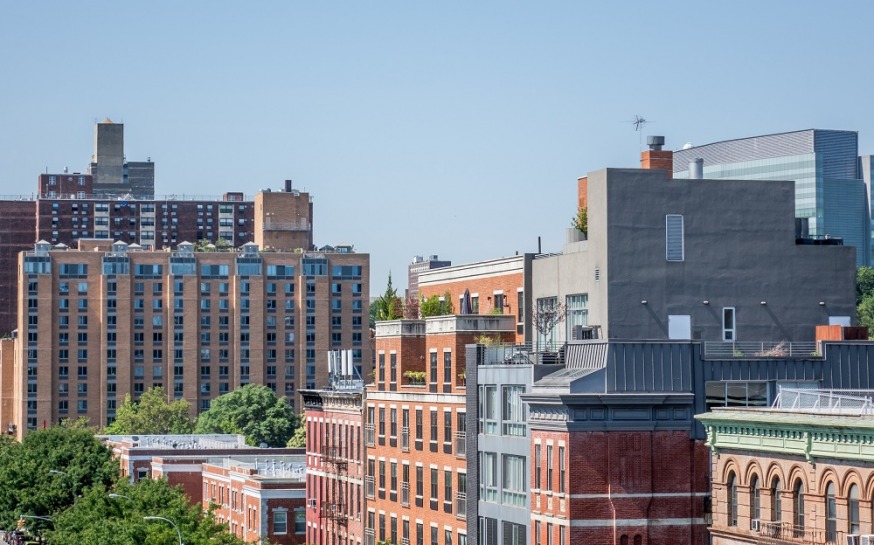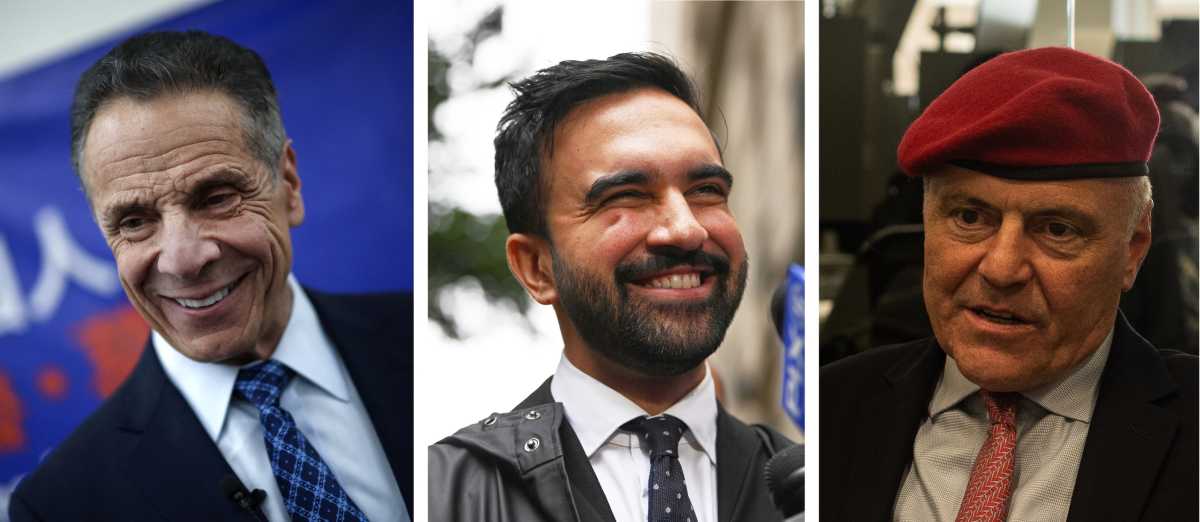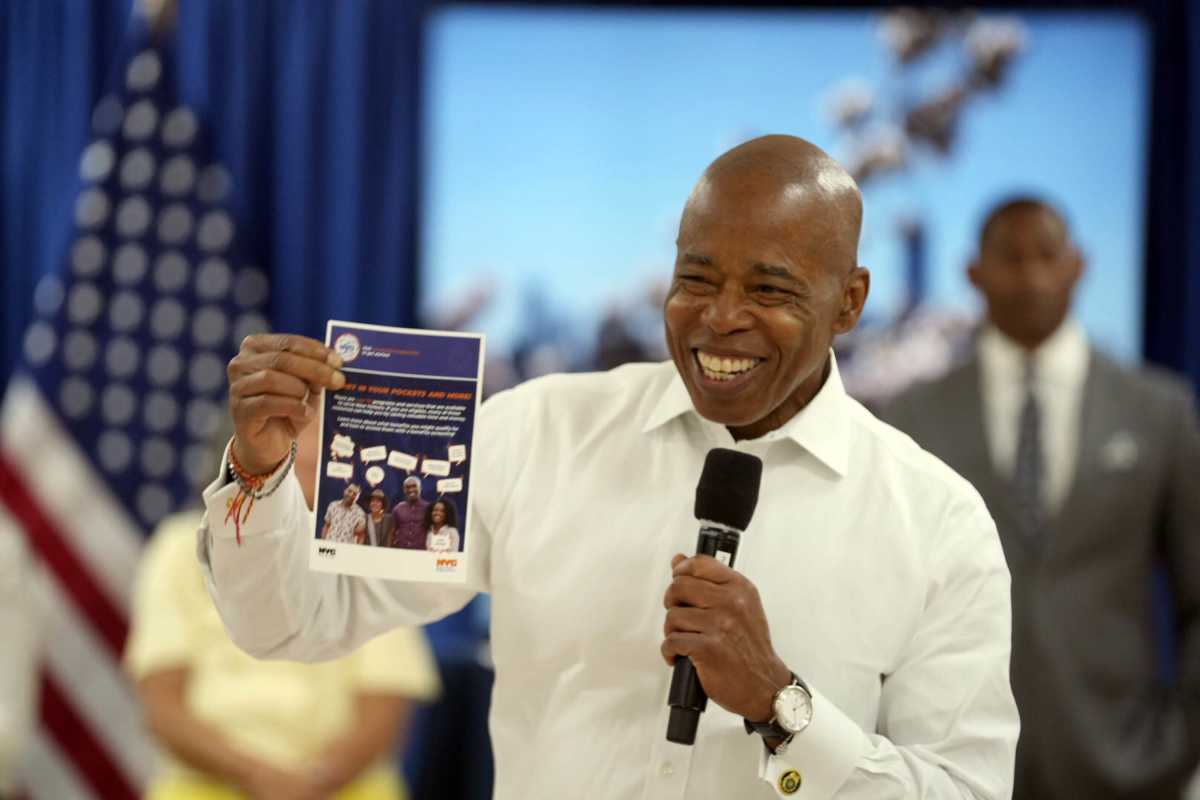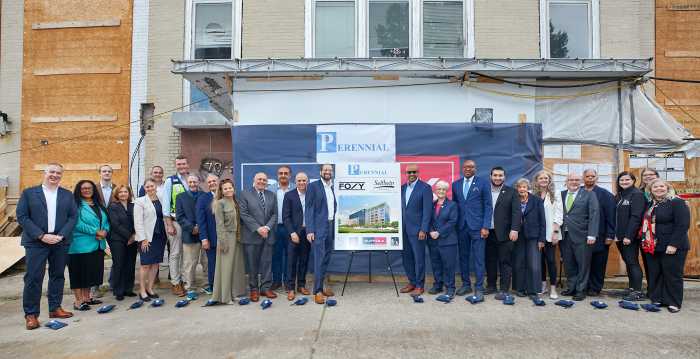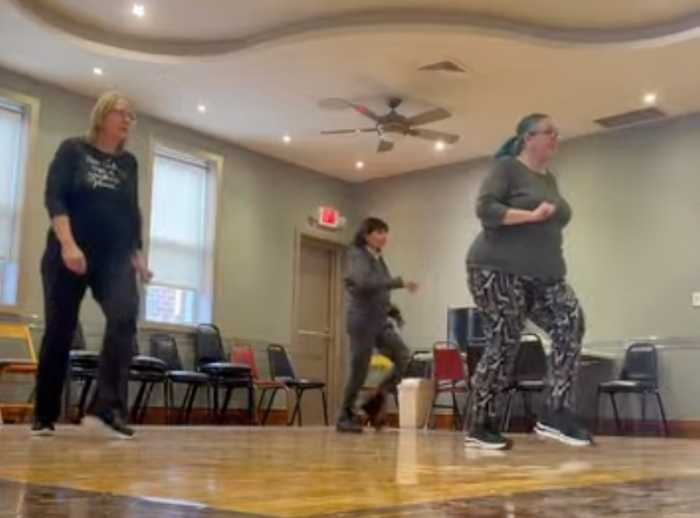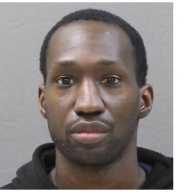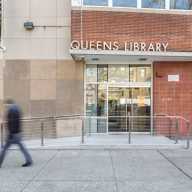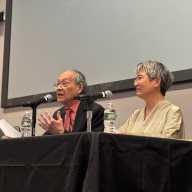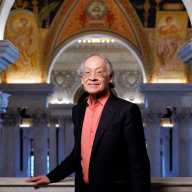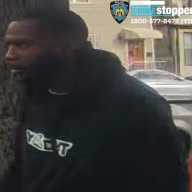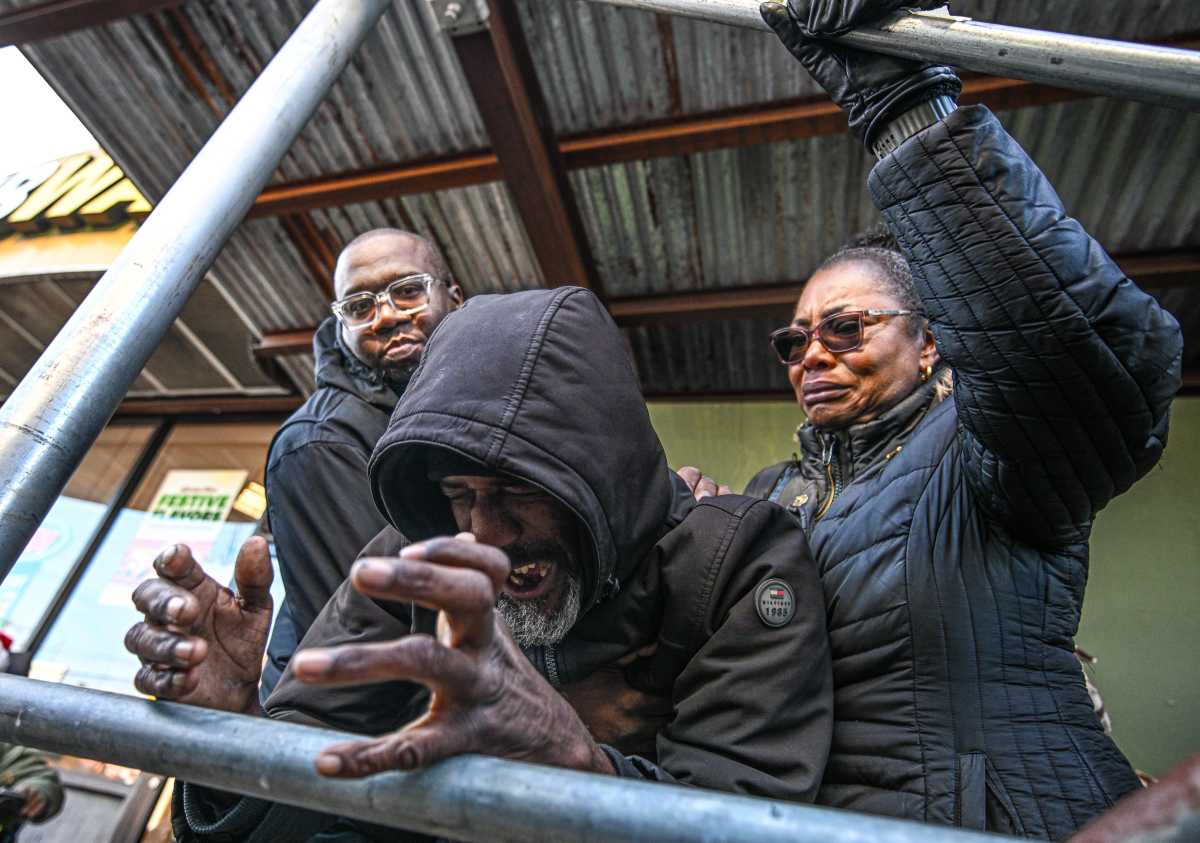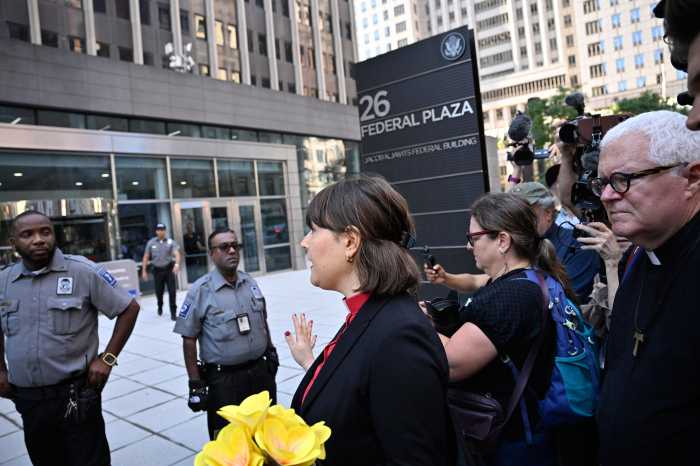City officials rallied against Mayor Eric Adams’ ballot proposals 2, 3 and 4, which claim to “fast track” affordable housing in all five boroughs, alleging they contain “misleading” language that does not adequately address the current housing crisis. All three proposals will appear on the ballot Nov. 4 to be decided by voters.
During a virtual town hall meeting on Monday, several city officials, including Council Speaker Adrienne Adams and council members from the Queens delegation, explained to more than 100 attendees that the proposals would effectively remove community voices from decisions about new development and housing projects.
“They’re a false choice,” the council speaker said of the proposals. “These proposals are going to weaken our ability to ensure true affordable housing and neighborhoods.”
Karolina Gomez, the community liaison at the New York City Council, agreed with Adams and said it’s important for voters to understand the full implications of these ballot measures.
“The language looks really positive when you look at it,” she said. “When you get an explanation, you’ll start to realize that you’re being led astray.”
However, Casey Berkovitz, spokesperson for the Charter Revision Commission, said addressing the current housing crisis remains the focus of the ballot proposals, and the mayor’s intention is to de-politicize the effort.
“New York City faces perhaps the worst housing crisis in its history—a crisis that is driving longtime New Yorkers out of the city. But our existing land use system throws up barriers to the types of development that New Yorkers frequently say they want most,” Berkovitz said in an email to QNS. “These ballot proposals would create new, less political review processes in which the BSA and CPC, boards made up of experts confirmed with the advice and consent of the City Council, would be able to approve specific types of new development: affordable housing and modest projects. Community board review would be entirely preserved.”
The current review process
Under the current zoning and development review process, any developer planning a housing project that is larger or does not otherwise conform to zoning laws must go through the Uniform Land Use Review Procedure — a process that takes about five to seven months and has been in place since 1989.
Under the ULURP, a project must first be certified by the Department of City Planning. It is then passed to the community board, which hosts a public hearing and makes a recommendation, which cannot be legally enforced, within 60 days. The borough president then hosts an optional public hearing and also provides a recommendation within 30 days.
Next, it is passed to the City Planning Commission for a review session, public hearing and a vote to approve, disapprove or modify the proposal within 60 days. This vote is the first decision in the process that can be legally enforced.
Last, it is passed to the City Council for up to 50 days for a final public hearing and another vote. This last step is crucial, city officials argued, because it is the only step that provides citizens with an opportunity to voice their concerns.
However, under proposals 2 and 3, the City Council is removed entirely from the review process, relegating a majority of the power to the BSA and CPC.
The BSA consists of five members appointed by the mayor and confirmed by the city council. The CPC consists of 13 appointed members, seven of which are by the mayor, five by the borough president and one by a public advocate. The city council confirms all members of the CPC except for the chair, currently Dan Garodnick, who was appointed by the mayor in 2022.
Members of the BSA and CPC have term limits of six years and five years respectively, but the law does not explicitly state a limit on the number of terms the members can serve.
While Mayor Adams has not appointed all current members of the BSA and CPC boards, council members expressed concern over the increased influence the current or future mayor could have on the review process if these proposals were to pass.
“It makes it seem like this is all about cutting red tape or reducing regulation, and it’s all common sense,” said Brian Paul, deputy director of the Council Planning and Land Use division.
However, Paul said this is not the case and hosted a short presentation during the virtual town hall detailing each proposal and why officials oppose them.
Ballot proposal breakdown
Proposition 2 contains two parts — 2a, which provides a fast track review of publicly financed affordable housing projects in residential areas citywide by the community board and BSA; and 2b, which provides a fast track review of housing projects under the Mandatory Inclusionary Housing policy — which affects 12 community districts with the lowest rates of affordable housing projects — by the community board, borough president and CPC.
Paul explained that the affordable housing laws are flexible, and these projects are not required to be 100 percent affordable. This is where community input matters, he continued, because residents can advocate for fair, affordable housing that better suits their needs.
“You remove that ability of the council to represent the community, you lose a check and balance, and you lose public accountability,” Paul said.
The problem with proposition 3, Paul said, is that the power to make decisions about housing development applications for what the city calls “modest amounts of additional housing and minor infrastructure projects” would ultimately lie in the hands of the CPC. He said this could potentially mean areas zoned for low-density housing could see 4-story apartment buildings developed, and mid-high density zones could see 20-story buildings and beyond.
Proposition 4 would establish the Affordable Housing Appeals Board, consisting of the mayor, council speaker and relevant borough president, that has the authority to review council decisions and modify or veto affordable housing projects. If it were to pass, only two of the three members of the board would need to vote together to overturn a decision made by the city council.
”If you have the threat of the appeals board looming, it reduces the council’s ability to do that negotiation without a side deal with a borough president worked out,” Paul said.
Addressing the housing crisis
According to this year’s New York Housing Conference report, 10 districts in the city, six of which lie in Queens, built less than 10 affordable housing units in 2024. This same report details policy reform changes proposed in the mayor’s City of Yes Universal Affordability Preference, which passed in December 2024, to address the concern.
However, Paul pointed out that the city council has previously advocated for lower rent costs and more family size units in new housing developments on behalf of the community. For example, he said, the 2021 Gowanus Neighborhood Plan, which approved 8,500 new apartments including 3,000 for middle- and lower-class families in Brooklyn, is a result of the community’s advocacy and council’s oversight. More recently, he cited the community activism and support of city officials that resulted in Wynn Resorts pulling out its bid to build a casino at Hudson Yards, which is now slated to receive an additional 205 affordable housing units.
Paul instead proposed alternative solutions to addressing the housing crisis. For example, he said, neighborhood-wide rezonings are a much more effective way of cutting red tape because it is one single action with widespread impact as opposed to “one-off” instances of zoning appeals. Planning is key, he continued, and the process can instead be expedited with more resources and without leaving community voices out of the picture.
Council Member Shekar Krishnan agreed, adding that the council has been actively providing comprehensive plans to build housing that meets the needs of the community and intends to continue its efforts.
“This has been a council that is very pro-housing,” Krishnan said. “But also making sure it’s thoughtful development that not only builds housing, but also ensures that we have community, institutions and spaces in place to support the housing that we build.”
Adams said it’s important for voters to stay engaged and understand everything on the ballot so they are prepared to vote Nov. 4.
“You all know better than everyone else who your local council members are,” Adams said to attendees. “Engage with them. Hold their feet to the fire on what you need.”

